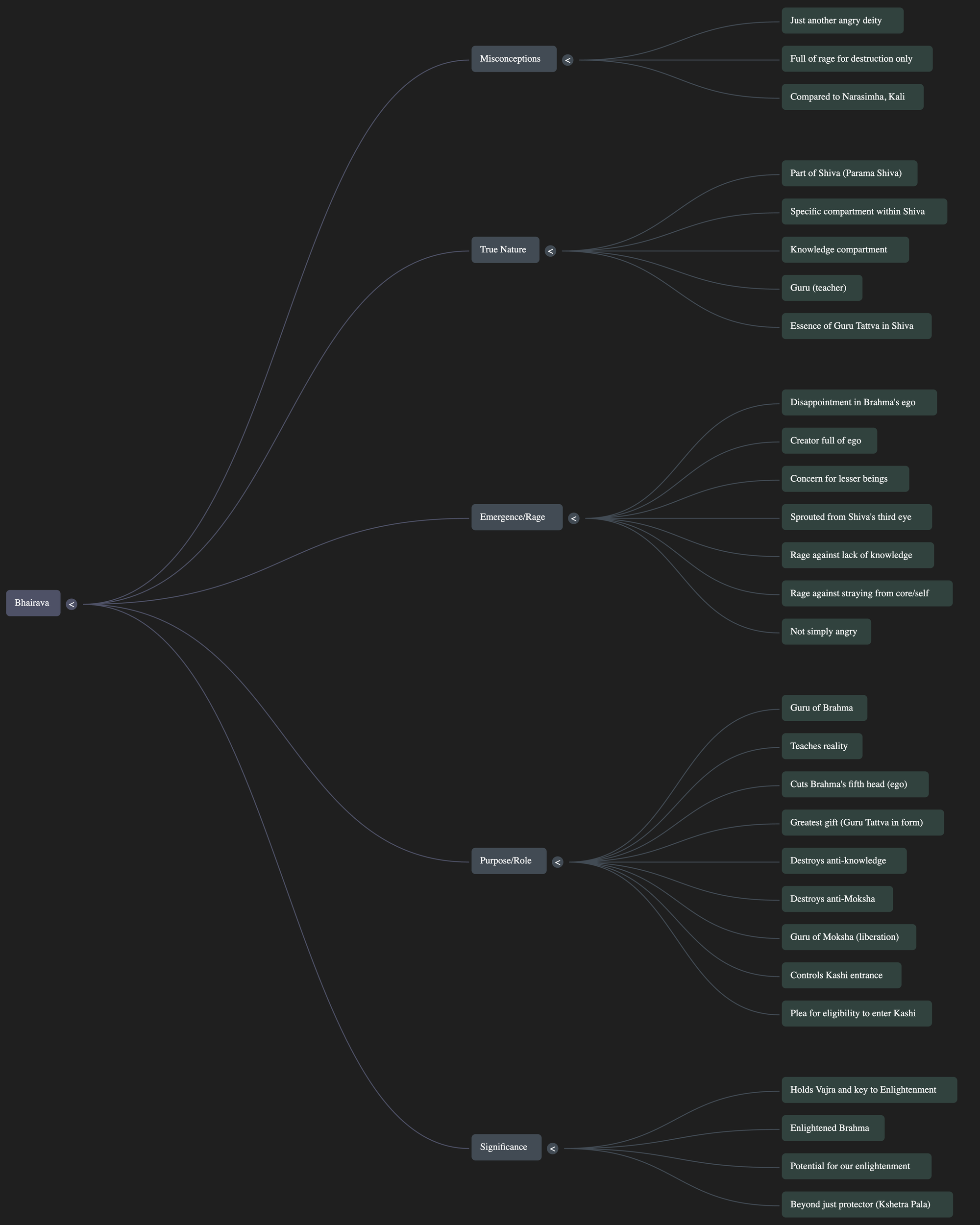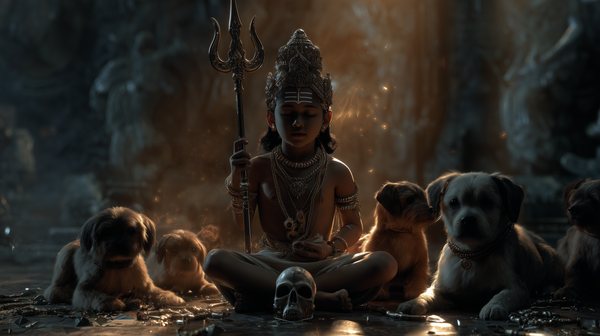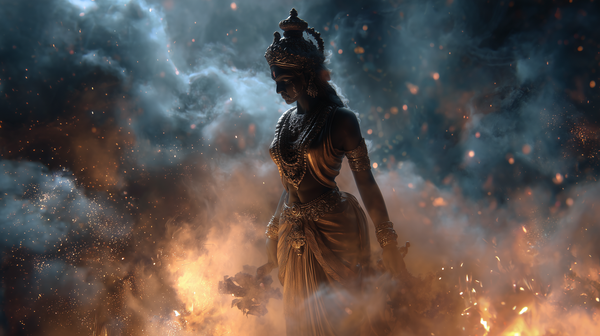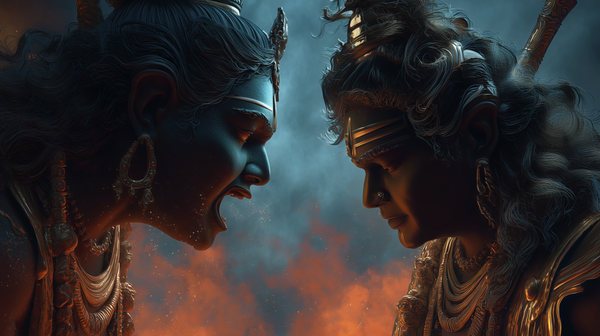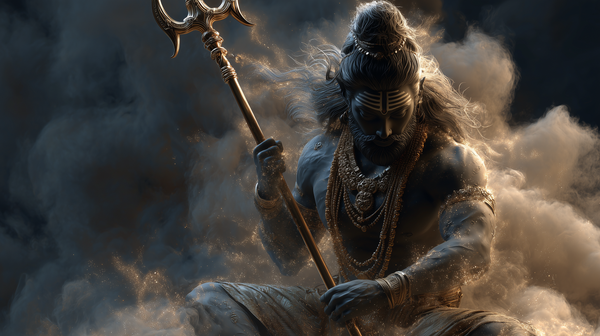Understanding the True Nature of Bhairava: Beyond the Angry Deity
Bhairava is widely misunderstood as merely an angry deity focused on destruction, but this perception misses his profound spiritual significance
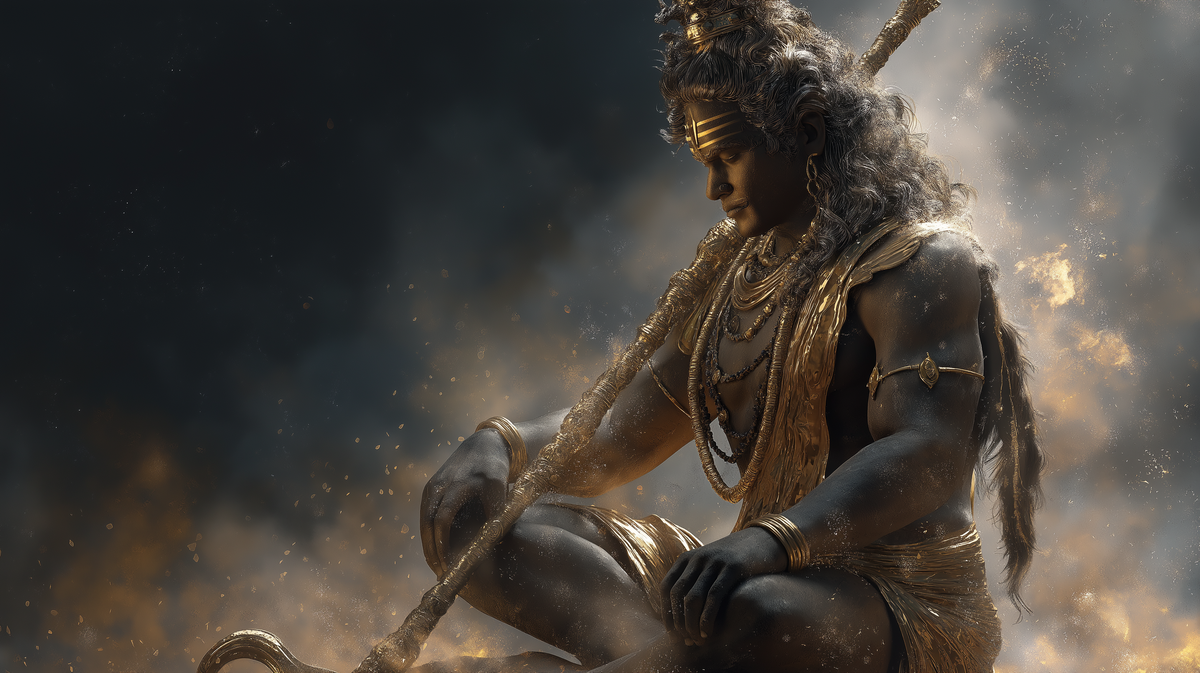
This article is derived from Guruji’s video lecture Praveen Radhakrishnan. All content and intellectual property rights belong to Guruji and the KaliPutra Mission
Introduction: Bhairava as Guru Tattva
[00:18] Bhairava's rage is often misunderstood by people who perceive him as just another angry deity focused on destroying evil forces or asuras. This is a fundamental misconception. Bhairava is the "parama roopa" (supreme form) of Shiva, representing a specific aspect within Shiva—the knowledge compartment. Bhairava embodies knowledge and functions as a guru, essentially representing the Guru Tattva (principle of the guru) within Shiva. His emergence was triggered when Shiva realized that Brahma, the Creator God himself, was consumed by ego.
[01:09] The rage that manifested as Bhairava wasn't about putting Brahma "in his place." Shiva, who governs countless universes and innumerable Brahmas, has no need to assert dominance or seek validation from Brahma. Rather, Shiva's profound disappointment stemmed from seeing that if the Creator God himself couldn't distinguish between self and ego—allowing his ego to supersede his actual purpose—what hope could lesser beings like humans and animals have for spiritual realization? This disappointment within Shiva was so intense that it manifested as Bhairava emerging from Shiva's third eye.
The Emergence and First Lesson of Bhairava
[01:51] Bhairava represents the disappointed Guru within Shiva manifesting in response to Brahma's failure to understand the fundamental distinction between self and ego. Despite being the Creator, Brahma lacked insight into the reality of ego and self-realization, raising concerns about the spiritual prospects for all other beings. This profound disappointment caused the Guru Tattva within Shiva to emerge as Bhairava.
[02:39] Bhairava's first act was to cut off Brahma's fifth head—the one that was always looking upward. After this, he asked Brahma to count his remaining heads, forcing him to acknowledge his reduced state. This incident clarifies that Bhairava isn't merely an angry manifestation like Narasimha or Kali, who appear to destroy asuras. Instead, Bhairava is the Guru Tattva of Shiva emerging in pure rage, representing Shiva's greatest gift to the universe—the projection of the Guru principle in tangible form.
Bhairava's True Purpose and Power
[03:23] Bhairava's rage is specifically directed against lack of knowledge, against straying from our core energy, and against failing to realize our true selves. He is not simply an angry deity waiting to destroy asuras—that was never his origin or purpose. His purpose transcends such limited roles because he embodies a more profound principle of spiritual guidance and enlightenment.
[04:09] If the form of Bhairava that emerged from Shiva's third eye (Kala Bhairava) were to enter a battlefield to destroy an asura, it would be overwhelming for the universe itself because he embodies the pure rage of Shiva and the Guru Tattva within Shiva. Bhairava's first lesson to Brahma teaches us that before we can begin to understand Bhairava or our own true nature, we must first lose our ego—the sense of "I," "me," and "mine" that makes us think we're superior to others.
[05:35] Bhairava holds the vajra (thunderbolt) in his hand and possesses the key to Enlightenment. He granted enlightenment even to Brahma, the Creator God himself. This profound aspect of Bhairava demonstrates that if even the Creator can be enlightened through Bhairava's guidance, the same possibility exists for all beings. Understanding Bhairava's true purpose is essential for spiritual seekers.
Bhairava as the Guardian of Kashi and Guru of Moksha
[06:21] To truly understand Bhairava, we must stop viewing him as just another angry deity consumed by rage. He isn't focused on destroying asuras but on eliminating everything that stands against knowledge and liberation (Moksha). Bhairava is the Guru of Moksha who positions himself at the entrance of Kashi (Varanasi) because he controls who may enter this sacred city.
[07:00] When devotees pray to Bhairava before entering Kashi, they're not merely performing a ritual—they're pleading for eligibility to embark on the spiritual path. Bhairava isn't simply a "kshetra pala" (guardian of the field) of Kashi; he is the Guru of Moksha whose approval grants the spiritual qualification necessary to begin the journey within Kashi. Bhairava emerged as Shiva's rage against everything that opposes knowledge, against ego, and against losing balance within oneself.
Conclusion and Personal Note
[07:41] In summary, Bhairava should not be thought of as just another angry deity. He is the Guru of Brahma who emerged from Shiva's disappointment with ignorance and ego. He embodies Shiva's rage against everything that opposes knowledge and self-realization.
[08:34] The speaker concludes by mentioning plans to upload occasional videos about Bhairava, sharing personal experiences and insights from their spiritual journey with this deity. The video ends with a light-hearted moment involving the speaker's bull named Kashi.
Glossary
- Bhairava: Described not simply as an angry deity, but as the parivar (family/aspect) of Shiva, specifically the "knowledge compartment" and the "guru tatwa" within Shiva. He emerges from Shiva's rage against lack of knowledge and ego.
- Shiva: A major Hindu deity. In this context, the source focuses on a specific aspect of Shiva related to disappointment and the emergence of Bhairava.
- Brahma: The Creator God in Hinduism. His ego is presented as the catalyst for Bhairava's emergence.
- Ego: A key concept discussed as something that prevents self-realization and understanding. Bhairava's rage is against the dominance of ego.
- Guru Tatwa: The essence or principle of the Guru. The source identifies Bhairava as this within Shiva.
- Asura: Demonic or evil beings. The source explicitly states Bhairava's origin and purpose are not primarily for destroying asuras, differentiating him from other angry deities.
- Narasimha Avatar: An incarnation of Vishnu known for his fierce form to destroy an asura. The source contrasts Bhairava with this.
- Mahakali: A fierce form of the goddess Kali, often associated with destruction of evil. The source contrasts Bhairava with this.
- Ugra: Intense or fierce, often translated as "angry." The source discusses Bhairava's ugra or rage, but clarifies its specific nature.
- Vajra: A thunderbolt or diamond, often a symbol of power. Bhairava is described as holding this.
- Enlightenment: A state of spiritual understanding and liberation. Bhairava is described as holding the key to enlightenment.
- Moksha: Liberation or spiritual release. Bhairava is described as a guru of Moksha.
- Kasi: A holy city (Varanasi). Bhairava is described as controlling the entrance to Kasi.
- Kshetra Pala: Protector of a region or place. The source states Bhairava is not just the Kshetra Pala of Kasi, but the guru of Moksha.
Mind Map
